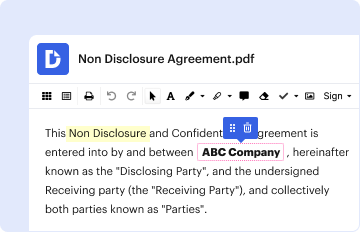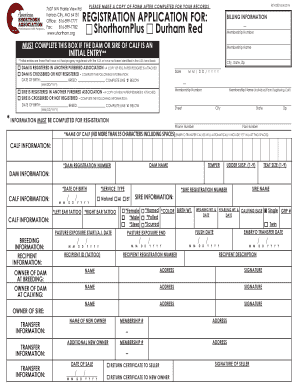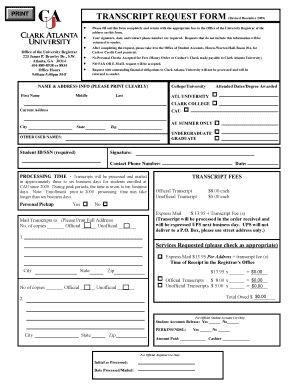Definition & Meaning of Housing Act 1988 Section 21
Housing Act 1988 Section 21 is a legal provision used in England and Wales, primarily pertaining to the eviction process in assured shorthold tenancies, which are the most common form of tenancy in the private rented sector. This section allows landlords to regain possession of their property at the end of a tenancy without providing a specific reason, as long as certain conditions are met. It is essential for landlords to follow this process correctly to avoid legal complications.
The Section 21 notice serves as a formal request for tenants to vacate the property. Once this notice is served, tenants are typically given a minimum notice period of two months, unless specified otherwise. If tenants do not leave by the end of this notice period, landlords must apply to the court for an order of possession to proceed with eviction.
- Purpose: To provide a streamlined process for landlords to regain possession of their property at the end of a tenancy.
- Scope: Applies to assured shorthold tenancies in England and Wales.
- Legal Framework: Governed by specific procedural requirements to ensure fairness and due process for tenants.
Key Elements of Housing Act 1988 Section 21
Understanding the critical components of Section 21 is vital for both landlords and tenants. This section outlines the essential elements required for issuing a valid possession notice.
- Notice Requirement: A Section 21 notice must clearly state the landlord’s intention to recover possession. It must provide the tenant with the requisite time frame to vacate the property.
- Form and Content: The notice should be in writing and include specific details such as the property address, the date the notice is served, and a statement indicating it is a Section 21 notice.
- Minimum Notice Period: The standard notice period is a minimum of two months. However, landlords must ensure that this period complies with current legislation, which may change.
- Possession Order: After serving the notice, if the tenant does not comply, the landlord must apply to the court for a possession order to legally remove them from the property.
This understanding of the Section 21 elements ensures that landlords can navigate the eviction process effectively while adhering to legal requirements.
Steps to Complete the Housing Act 1988 Section 21
Completing a Section 21 notice involves specific steps that landlords must follow to ensure compliance with legal standards. The process entails the following:
- Initial Preparation: Landlords should gather all necessary information related to the tenancy, including the tenant's details, the address of the property, and tenancy agreements.
- Drafting the Notice: Utilize a Section 21 notice template to draft the document. Ensure it contains all required elements, including the exact date of issue, and is served correctly.
- Delivering the Notice: Serve the notice to the tenant. This can be done through hand delivery, postal service, or email (if agreed upon by both parties).
- Waiting Period: After serving the notice, wait for the minimum notice period, typically two months, to elapse.
- Court Application: If the tenant has not vacated the premises, file for a possession order through the court, providing all necessary documentation to support the application.
By following these steps, landlords can minimize risks and ensure they are acting within the boundaries of the law during the eviction process.
Important Terms Related to Housing Act 1988 Section 21
Familiarity with key terms can aid landlords and tenants in understanding their rights and responsibilities under Section 21. Here are some important definitions:
- Assured Shorthold Tenancy: A common type of tenancy that allows landlords to regain possession after a fixed term with a Section 21 notice.
- Possession Order: A legal document issued by a court that grants the landlord the right to evict a tenant.
- Notice Period: The time frame provided in the Section 21 notice within which tenants must vacate the property.
- Tenant’s Rights: Tenants have rights that protect them from unlawful eviction, including the right to receive proper notice and the right to appeal against a possession order under certain circumstances.
Understanding these terms enhances clarity in discussions surrounding evictions under the Housing Act.
Legal Use of Housing Act 1988 Section 21
The legal framework surrounding Section 21 ensures that landlords conduct evictions fairly and transparently. Notably, several legal stipulations must be observed:
- Proper Documentation: Landlords must ensure that all documents and notices comply with legislative requirements to avoid potential disputes.
- Data Protection Compliance: Landlords must adhere to data protection laws when handling tenant information. Personal data used in the eviction process must be managed securely.
- Compliance with Tenancy Agreements: Eviction procedures under Section 21 must also respect the stipulations of existing tenancy agreements. This includes ensuring no discrimination or retaliatory eviction occurs.
Failing to comply with these legal requirements can result in delayed possession orders or additional legal challenges. Understanding and abiding by these rules are essential for landlords when utilizing Section 21 notices.











